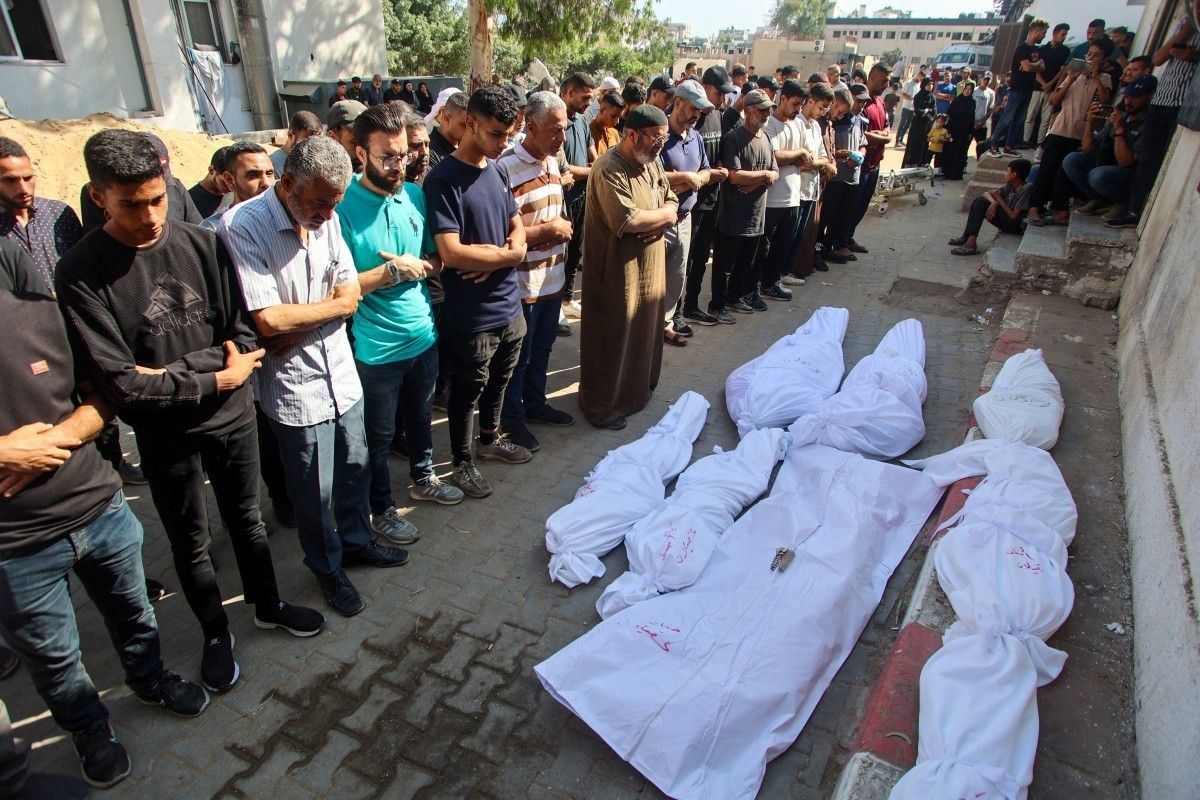
Upgrade to High-Speed Internet for only ₱1499/month!
Enjoy up to 100 Mbps fiber broadband, perfect for browsing, streaming, and gaming.
Visit Suniway.ph to learn
MANILA, Philippines — Ambulances, firetrucks and police vehicles are exempt from the No-Contact Apprehension Policy (NCAP), the Metropolitan Manila Development Authority (MMDA) clarified on Thursday, May 29.
In a press briefing, the MMDA said emergency vehicles should not be flagged by the automated system. However, the system has yet to fully automate exemptions, as it still cannot consistently detect which vehicles qualify.
MMDA Traffic Discipline Office head Victor Maria Nuñez said they are still in the process of validating vehicles marked as ambulances or equipped with sirens and emergency lights.
He noted that some funeral vehicles also bear the word “ambulance” despite not being en route to hospitals, and these are not covered by the exemption.
The agency is working on updating the system to better recognize and exempt legitimate emergency vehicles.
“So, we have to validate kung iyong mga may mark na ambulance at may mga wang-wang ay talagang totoo at legit na ambulance or emergency vehicles,” Nuñez said.
(So, we have to validate whether those marked as ambulances and equipped with sirens are indeed legitimate ambulances or emergency vehicles.)
While emergency vehicles are exempted, the MMDA acknowledged that some operators might misuse their sirens. Nuñez urged them to refrain from doing so unless responding to an actual emergency.
“Nakikiusap din kami sa mga emergency vehicles na kung wala naman talagang emergency at wala namang rirespondehan ay sana po ay sumunod naman sa batas-trapiko at sana huwag naman pong abusuhin iyong pribilehiyo na binibigay ng ating gobyerno sa kanila,” he added.
(We also appeal to emergency vehicle operators: if there is no actual emergency or incident to respond to, we hope they follow traffic rules and refrain from abusing the privilege granted to them by the government.)
MMDA Special Operations Group-Strike Force head Gabriel Go also said they recognize the importance of emergency responders and volunteer groups, especially during disasters and other emergency situations.
What is NCAP?
The NCAP is a traffic enforcement system designed to ease road congestion by reducing the need for enforcers to physically flag down violators. Instead, it uses CCTV cameras to automatically detect traffic violations.
Vehicle owners found to have committed violations will receive a notice with the corresponding fine via email and possibly through text message. Motorists may contest the violations by filing an appeal online with the MMDA Traffic Adjudication Division.
The MMDA will also be launching an application for vehicle owners to monitor NCAP violations.
Due to abuse and constitutional concerns, the Supreme Court stopped the system’s implementation with a temporary restraining order in 2022. The order was lifted only in mid-May.
Go mentioned that one of the MMDA's current priorities is to create alternative routes for motorists before the two-year EDSA rehabilitation begins, which is why clearing operations are underway. He assured that they will find ways to mitigate traffic congestion in areas where street vendors are located without fully demolishing them.
“I think everybody must also give their share at magsakripisyo (to sacrifice) during the EDSA rehab, during the EDSA rebuild na 18 to 24 months,” Nuñez said.
What about the number coding scheme?
The NCAP is just one of several government measures to ease traffic, especially ahead of the EDSA rehabilitation project that will close some lanes starting June 13.
Another is the proposed odd-even scheme set to replace the current number coding system along EDSA beginning June 16.
Under the plan, vehicles with license plates ending in odd numbers will be barred from using the thoroughfare on Mondays, Wednesdays and Fridays, while those with even numbers will be restricted on Tuesdays, Thursdays, and Saturdays.
While the MMDA has clarified that emergency vehicles like ambulances are exempt from the NCAP and the odd-even scheme, doctors on emergency duty and media-marked vehicles will not be.
Nuñez, however, offered a different perspective on Thursday regarding media-marked vehicles, noting that the MMDA has extended courtesy to them in the past and assuring that they will continue to be exempted.
He only requested that media-marked vehicles not beat the red light or violate one-way road rules.
"Ever since naman po ang media-marked vehicles are given courtesy ng aming ahensiya. Lahat naman po iyan eversince sa coding hindi ho namin iyan hinuhuli basta mga marked vehicles. Ang mahirap lamang po, marami tayong namu-monitor na mga private vehicles may one-page na naka-print na MEDIA gusto na po magpalusot," Nunez said.
(Ever since, media-marked vehicles have been given courtesy by our agency. All of those were not being pursued as long as they are marked vehicles. The hard part is, we monitor several private vehicles with one-page printed 'MEDIA' signage who wish to pass quickly.)
"Alam naman natin iyan sa mga kasamahan natin, sana huwag naman po i-abuse iyong kortesiya at benepisyong binibigay natin sa ating mga media partners.Rest assured po na iyong mga marked media vehicles will still be exempted just like iyong nangyayari ngayon sa ating UVVRP program," the MMDA official added.
(We all know that among our colleagues, and we hope that the courtesy and benefits we extend to our media partners will not be abused. Rest assured that marked media vehicles will still be exempted, just like what is currently being implemented in our UVVRP program.)
The new coding scheme will first undergo a month-long dry run, during which traffic enforcers will remind violators but refrain from issuing fines or tickets.
The window from 10 a.m. to 5 p.m. should provide ample time for vehicles not subject to coding to be on the road, Nuñez said.
RELATED: No clear safety net for workers amid 2-year EDSA rehab, labor groups warn

 4 weeks ago
11
4 weeks ago
11



